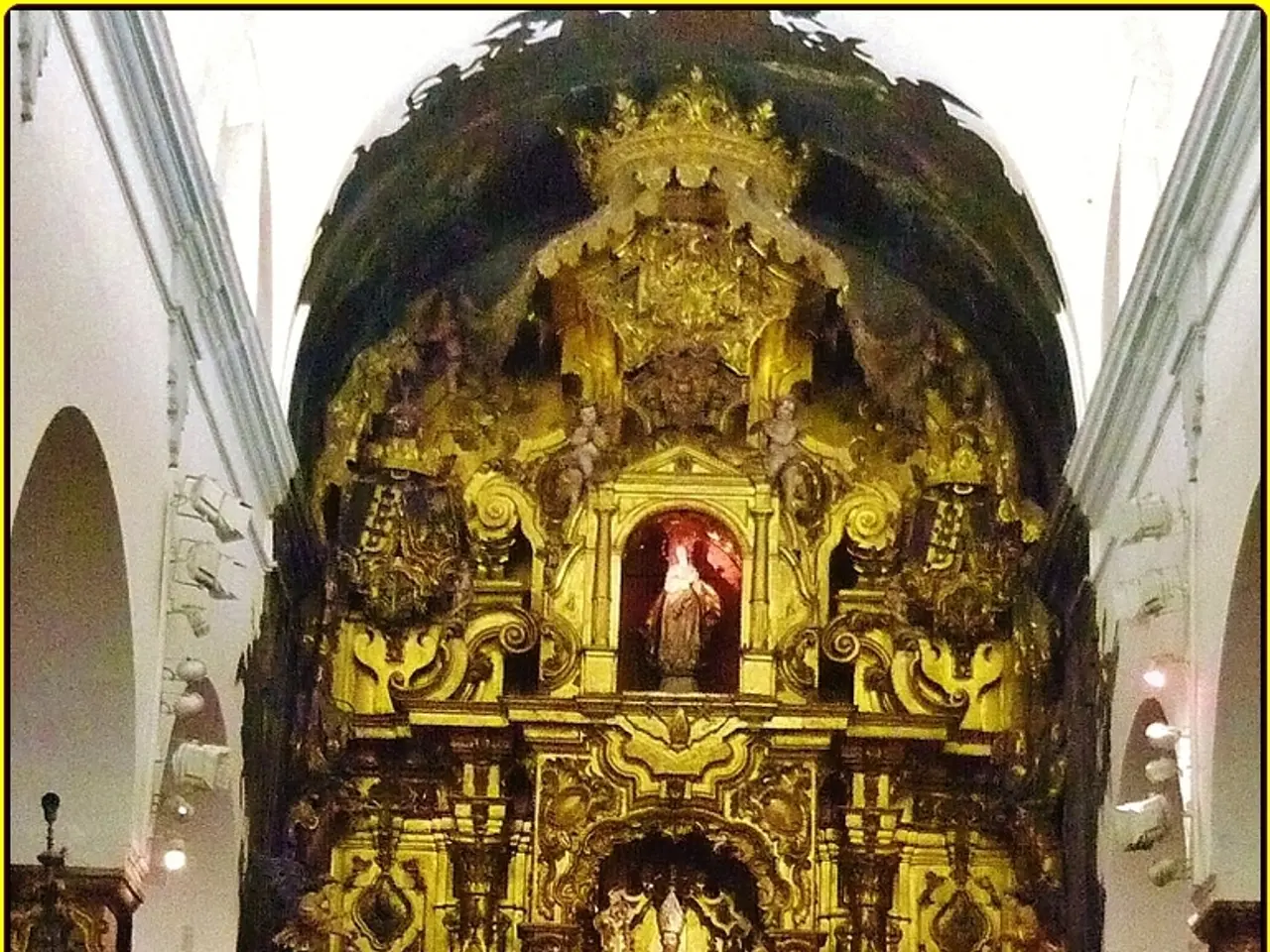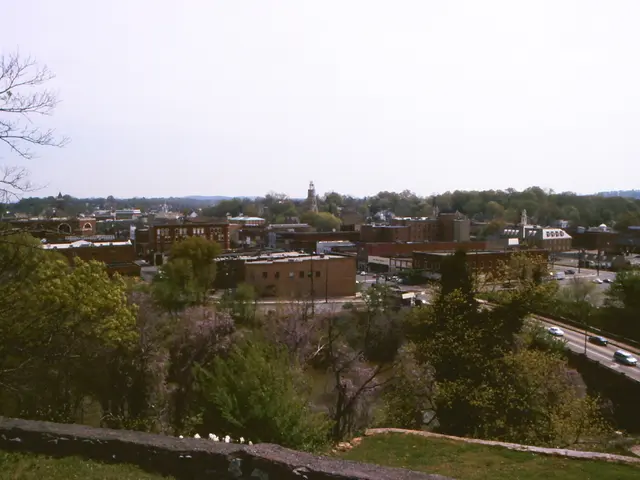Architectural Wonders: Jubbal Palace and Rampur Palace
**Rampur Palace (Padam Palace) and Jubbal Palace: A Glimpse into Himachal Pradesh's Royal Heritage**
Nestled amidst the picturesque landscapes of Himachal Pradesh, the Rampur Palace (Padam Palace) and Jubbal Palace are two architectural wonders that offer a captivating glimpse into the region's royal heritage.
**Rampur Palace (Padam Palace)**
Built in 1917 by Raja Padam Dev Singh, the 122nd King of the Rampur Bushahr dynasty, the Rampur Palace stands as a testament to the region's rich history. The palace, also known as Padam Palace, showcases a unique blend of traditional Himachali woodcraft, colonial architecture, and Tibetan design elements.
The palace's exterior is adorned with captivating wooden carved structures, incomparable glass-work, and fine woodwork. The main entrance, a massive wooden door 18 feet high and 7 feet wide, houses a collection of family portraits, ancient guns, Persian carpets, timeworn furniture, and jharokhas - a traditional architectural element in Indian palaces. Inside, the palace boasts a rich collection of family portraits, jharokhas, and a library containing a choice collection of Sanskrit and Persian books.
The Rampur Palace, located on the Old Hindustan Tibet Road, exudes an ambiance of serenity. While visiting the palace requires permission, the gardens are open to visitors, offering a taste of its grandeur. It is a private property of the Royal family of Bushahr, currently headed by Shri Virbhadra Singh, the Chief Minister of the state.
**Jubbal Palace**
Jubbal Palace, located in the Jubbal region, is another architectural gem that reflects the royal heritage of the area. Initially built in French style, the palace was the abode of the royal family of Jubbal. The modern wing of the palace shows a blend of Indo and European architectural styles.
Remarkable for the enormous masses of deodar timber used in its construction, Jubbal Palace is situated near a temple, enhancing its historical and cultural context. The palace is part of a heritage complex that includes an adjoining temple and the Bird Park, making it a compound of cultural and natural heritage in Himachal Pradesh.
These palaces provide a valuable window into the Himalayan royal heritage and architectural traditions of Himachal Pradesh, making them significant cultural landmarks for visitors and historians alike. They offer a captivating glimpse into the past, showcasing the region's rich history and the grandeur of its royal lineage.
The Rampur Palace (Padam Palace), with its unique blend of Himachali woodcraft, colonial architecture, and Tibetan design elements, offers travelers a glimpse into the lifestyle of the region's royal families, especially during the rich collection of family portraits, jharokhas, and ancient artifacts found within.
Jubbal Palace, located in the Jubbal region, reflects the royal heritage of the area with its initial French style and subsequent Indo-European blend. This architectural gem, situated near a temple and accompanied by the Bird Park, provides a window into the past, showcasing the cultural and historical lifestyle of the local royal families for travelers to experience.





